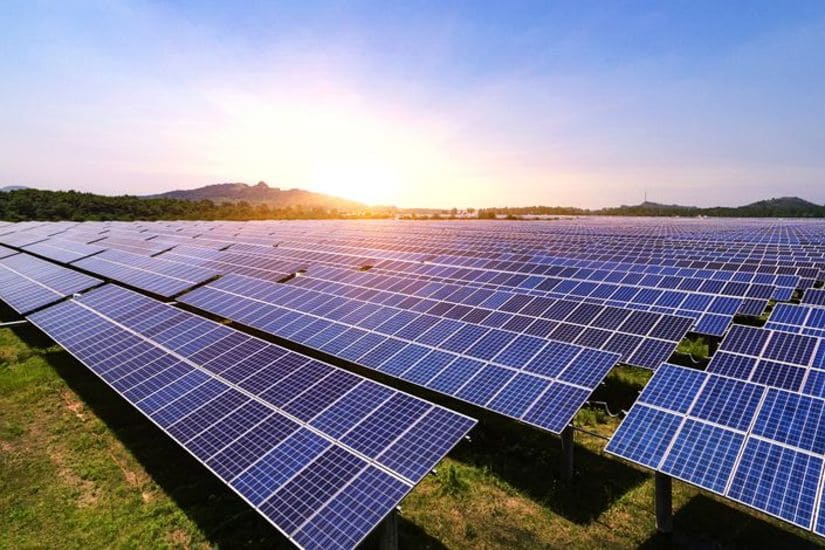Al-Anbat-Sally Alsbaihat
Translated by: Noor Banihani
With the increasing use of solar energy as a new source of energy, a number of scientific reports have recently shown that manufacturing solar panels to generate energy can cause environmental damage at a time when countries around the world are looking for alternative energy sources in order to reduce energy bills.
In Jordan, the use of alternative energy has recently increased due to its effectiveness, especially because we in Jordan have a clear richness in renewable energy sources, especially solar energy, due to the Kingdom’s location on what is known as the "solar belt countries," which are the areas between latitudes 25 north and 25 south.
The Director of Environment and Climate Change at the National Center for Agricultural Research, Jaafar Al-Widyan, said that the United Nations has goals, most notably the seventh goal, which talks about obtaining clean sustainable energy to be used in solar energy, indicating that after the 2015 Paris Agreement, which stipulates that each country has specific contributions of what is required to reduce emissions to reach a total of zero percent in 2050, an International Agency for Renewable Energy was established in 2009, based in the Masdar region in the UAE, concerned with moving towards solar energy and providing technology and technical support for countries wishing to rely on solar energy.
In an interview with Al-Anbat, he added that the environmental impacts occur during the manufacturing of solar panels due to the heavy metals they contain to increase their capacity, in addition to the effect that also occurs when they are expired due to the difficulty of getting rid of added metals in healthy and safe ways.
Al-Widyan continued that there are global trends to exploit the soil beneath the mobile solar panels and plant it with vegetative plants that are able to withstand drought because they are areas that are protected from the sunlight, which can reduce evaporation and wind capacity, explaining that the fixed solar panels work in the absence of an environment underneath, which constitutes a lack of biodiversity compared to other exposed areas.
He added that the National Center for Agricultural Research has helped pioneer farmers who have the ability to grow varieties that are easy to market in the local market and to plant non-traditional varieties to use solar panels to pump water from artesian wells and ponds to reduce the value of the energy bill in agricultural production by providing non-refundable grants, stressing the importance of saving energy in the agricultural sector.
In a study conducted by a Jordanian research team from Al al-Bayt University, Al-Balqa Applied University, and Qatar, the weight of this waste, which contains many materials such as plastic, metal, silicon, and glass, will reach 33,022 tons at the end of the life of these panels by the year 2040.
The weight of lead contained in the waste in the study area was estimated at 79 tons, that of tin at 39 tons, that of plastic at 3,669 tons, that of aluminum at 3,406 tons, and that of glass at 24,443 tons after the year 2040, pointing out that recycling or using this waste has great economic potential.

